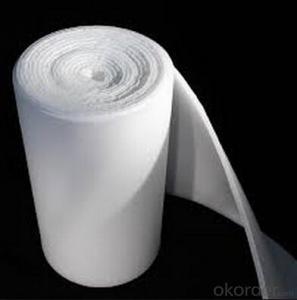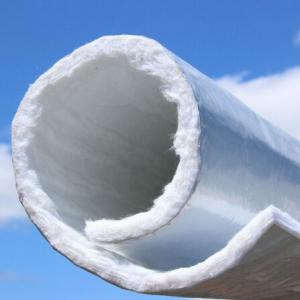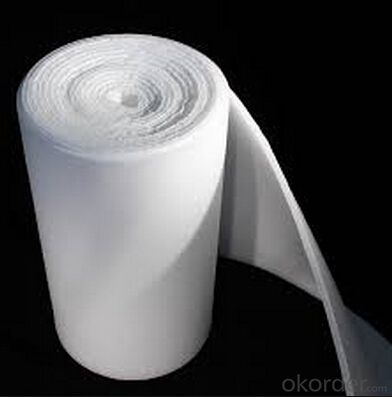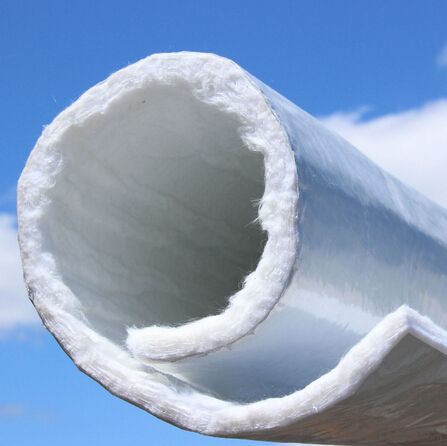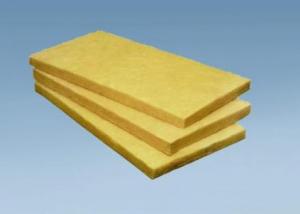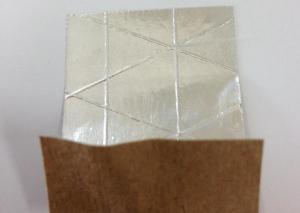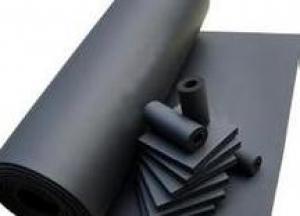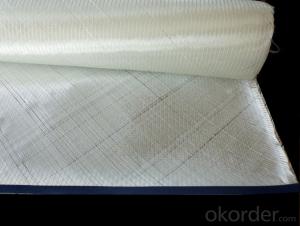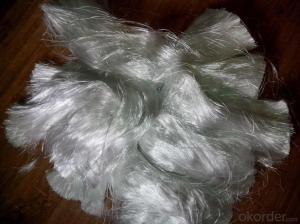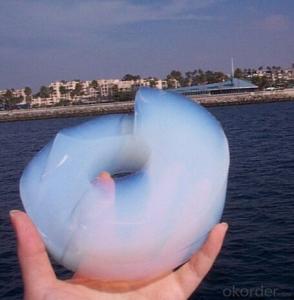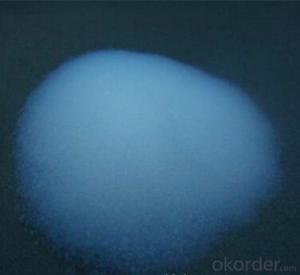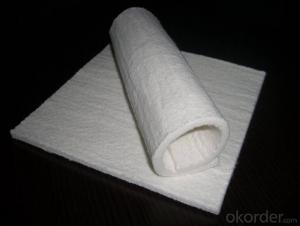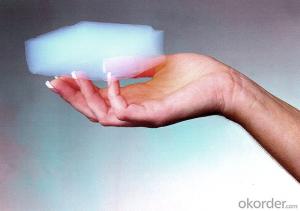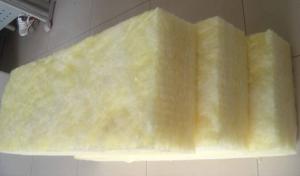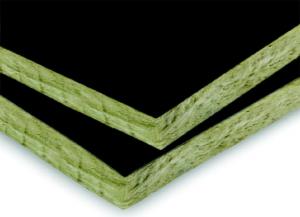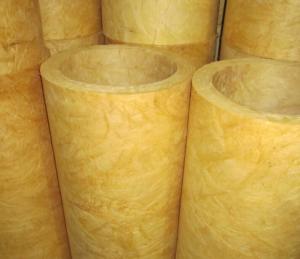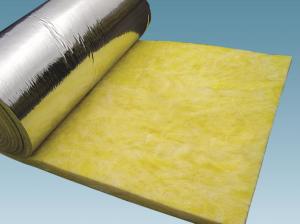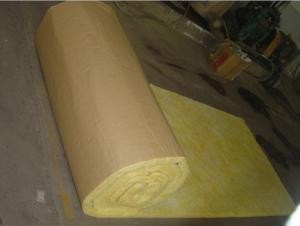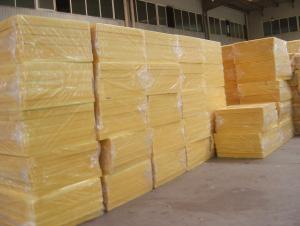Building Thermal Insulation Material Aerogel Insulation Blanket/Felt
- Loading Port:
- Tianjin
- Payment Terms:
- TT OR LC
- Min Order Qty:
- 10000 m²
- Supply Capability:
- 10000000 m²/month
OKorder Service Pledge
OKorder Financial Service
You Might Also Like
1.Description
Aerogel Insulation Felts
Using special nanotechnology, It combines a silica aerogel with reinforcing fibers to deliver very low thermal conductivity, low density and good flexibility in an environmentally safe product. It provides excellent properties of waterproof, sound absorption and shock absorption. It is an alternative to the common, environment unfriendly, inferior insulation products, such as PU, asbestos insulation felt, silicate fibers, etc.
2.Specifications
1.Superior Thermal Performance
2.Long service life
3.Environmentally Safe
4.Sound resistance
3. Advantages
(1).Superior Thermal Performance
The maximum use temperature is 1000℃,Its thermal conductivity is 1/3~1/5 of common insulators, helping reduce heat loss and optimizing space utility.
(2). Long service life
Unlike other traditional insulation materials, aerogel ’s three- dimensional, structure inhibits sintering warpage, and particles stack which may occur under hot temperature for long time. Therefore, aerogel insulation has long service life.
(3). Physically Robust:
It has flexibility and high tensile strength, resisting stretching and stress from linear contraction when temperature changes.
(4). Environmentally Safe:
Composed of inorganic materials, it contains no hazard. Stripping little chloridionm will cause no corrosion to the equipments and pipes.
Low and ultra-low temperature equipment and piping applications
Petrochemical, power equipment applications
(5). Easy to Install
Extremely low density (200kg/m3) contributes to easy-to-cut and easy-to-install.
4. Technical Standard
Property | Unit | Techicial Standard | |
(refractoriness) | ---- | A Grade | |
(Density) | kg/m3 | <220< span=""> | |
(Lyophobic) | % | >99 | |
Thermal Conductivity | 25℃ | W/(m·K) | ≤0.023 |
70℃ | ≤0.029 | ||
200℃ | ≤0.036 | ||
300℃ | ≤0.045 | ||
400℃ | ≤0.056 | ||
5. Application
Oil pipe, steam pipe, refrigerator interlining, oil tank, central airconditioning pipe, chemical pipe with the requirement of fire resistance, vehicle thermal insulation, national defence, military industry, heat supply pipelines in city insulation, biological medicine pipes and equipment and so on.

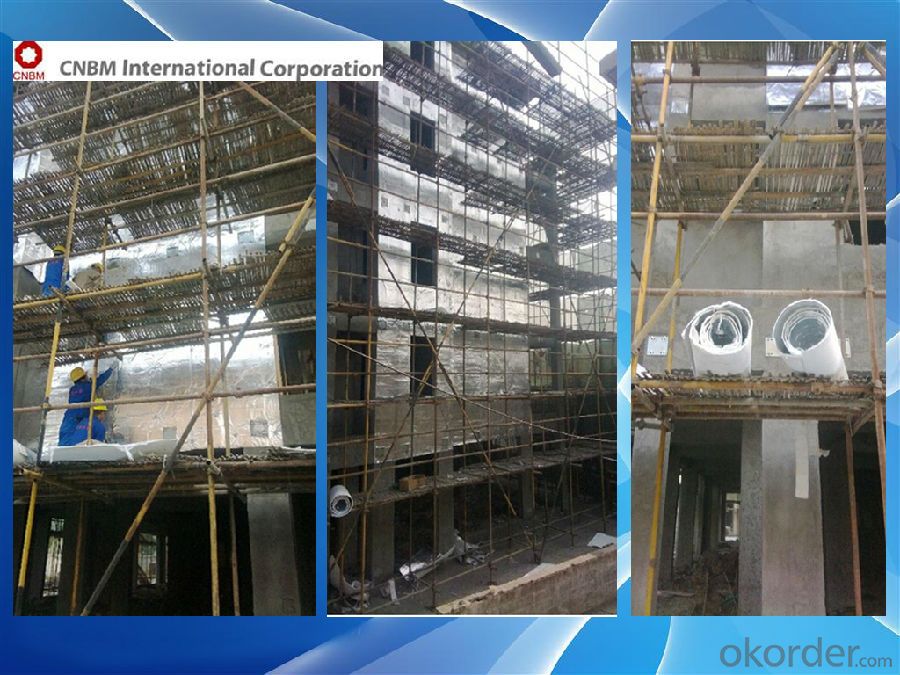

- Q: What performance characteristics does aluminium foil ultra-fine glass wool board have?
- 1, It has characteristics of waterproof ability, corrosion resistance, no mildew and no insect, able to prevent condensation effectively and prevent pipes from freezing. 2, It is light in weight, high in sound absorption coefficient, low in thermal conductivity with noninflammability and fire-retardant capability as well as chemical stability. 3, It is low in cost, good in hydrophobic property, good in elasticity and softness, which enables it to be a both commonly used insulation material and commonly used cold retaining material. It has a wide range of applications with stable product performance.
- Q: Now what is the latest color steel sandwich board? such as: Foam, stretches, glass wool
- it is better to use rock wool because it is fireproofing and sound insulation.
- Q: Which thermal insulation materials are the best for air-conditioners? Is it rubber and plastic, PEF or glass wool?
- Copper contains rubber and plastic. PEF and glass wool are both suitable, but glass wool is not recommend for its poor waterproofing performance, you'd better use rubber and plastic! You can select them with appropriate thickness according to your local winter temperature, or else it will be frozen in winter for it is too thin.
- Q: How is the thermal insulation property of glass cotton?
- Rock wool is recommended. rock wool are often used in industries, for its better insulation performance and corrosion resistance.
- Q: Is glass wool felt the mineral wool felt?
- No.
- Q: What's the centrifugal glass wool?
- Centrifugal glass wool board is board product with a certain intensity which is made by curing centrifugal glass wool. Whether in high or low temperature environment, it can maintain good heat insulation and sound absorption properties, mainly used for interior wall compartment in advanced architecture.
- Q: What's the difference between the rock wool and glass wool board?
- Actually it's very simple, glass wool takes glass (silicon?dioxide) as raw material and is made by the processing of equipment; rock wool is made by refining the basalt or diabase through high temperaturem, they are two different products.
- Q: Centrifugal glass wool board is used to do what
- Centrifugal glass wool board is used to do what
- Q: What is the difference between high density glass wool board and stereoplasm rock wool board?
- The main raw material of rock wool products is fine basalt rock. The basalt rock is made into inorganic fiber after meited under high temperature and processed in the high-speed centrifugal device. he rock wool board can be made into wool board and rock wool pipe shells.Technical characteristics of rock wool board are as follows.1, good thermal insulation property, mechanical?property and fireproof?performance.2, It has high the coefficient of acidity and better chemical stability and fiber durability.3, It has good sound-absorbing performance.Rock wool is widely used for thermal insulation in boilers and equipment pipelines of petroleum, chemical, metallurgy, textile industries. It is also used for thermal insulation and sound absorption of partition,suspended ceiling, inner wall and external wall in the construction industry.Rock wool board's main products and specifications are as follows.1, the density of rock wool board:80 -180kg / m3 2, the thickness of rock wool board :50mm-100mm 3, specifications of rock wool board :1000mm × 600mm. The thickness is 10mm-100mm; the length is 1m; width is 0.63m; density is 100-220kg and diameter is 27mm-1080mm.
- Q: What is the main use of glass wool insulation materials?
- Uses of glass wool insulation material, glass wool: The main raw materials are glass, class A fireproof rating, thermal conductivity coefficient 0.037, shrinking temperature of 270 degrees, use: Good cold insualtion property.
Send your message to us
Building Thermal Insulation Material Aerogel Insulation Blanket/Felt
- Loading Port:
- Tianjin
- Payment Terms:
- TT OR LC
- Min Order Qty:
- 10000 m²
- Supply Capability:
- 10000000 m²/month
OKorder Service Pledge
OKorder Financial Service
Similar products
Hot products
Hot Searches
Related keywords

